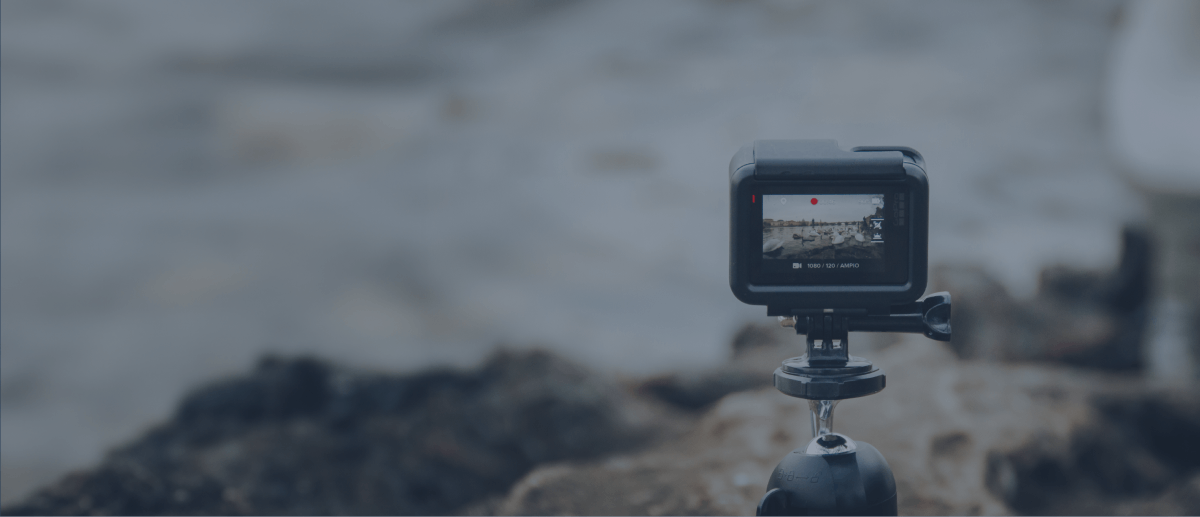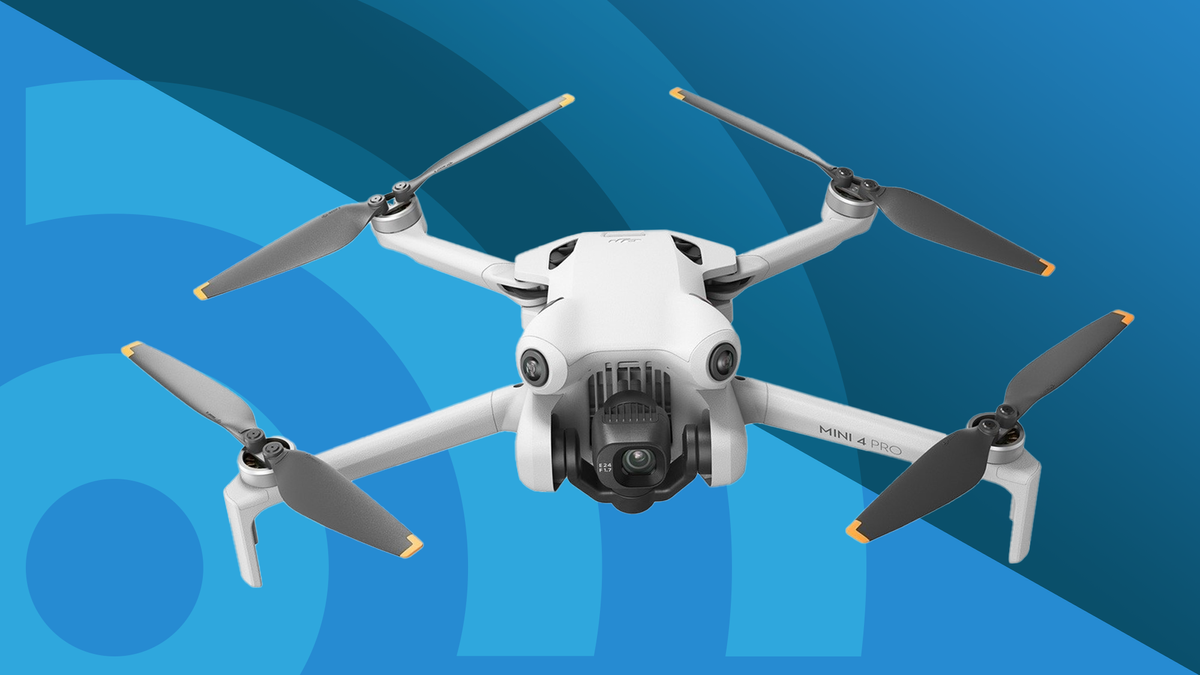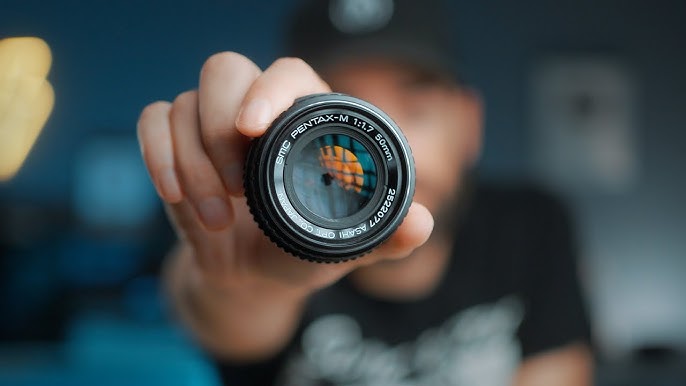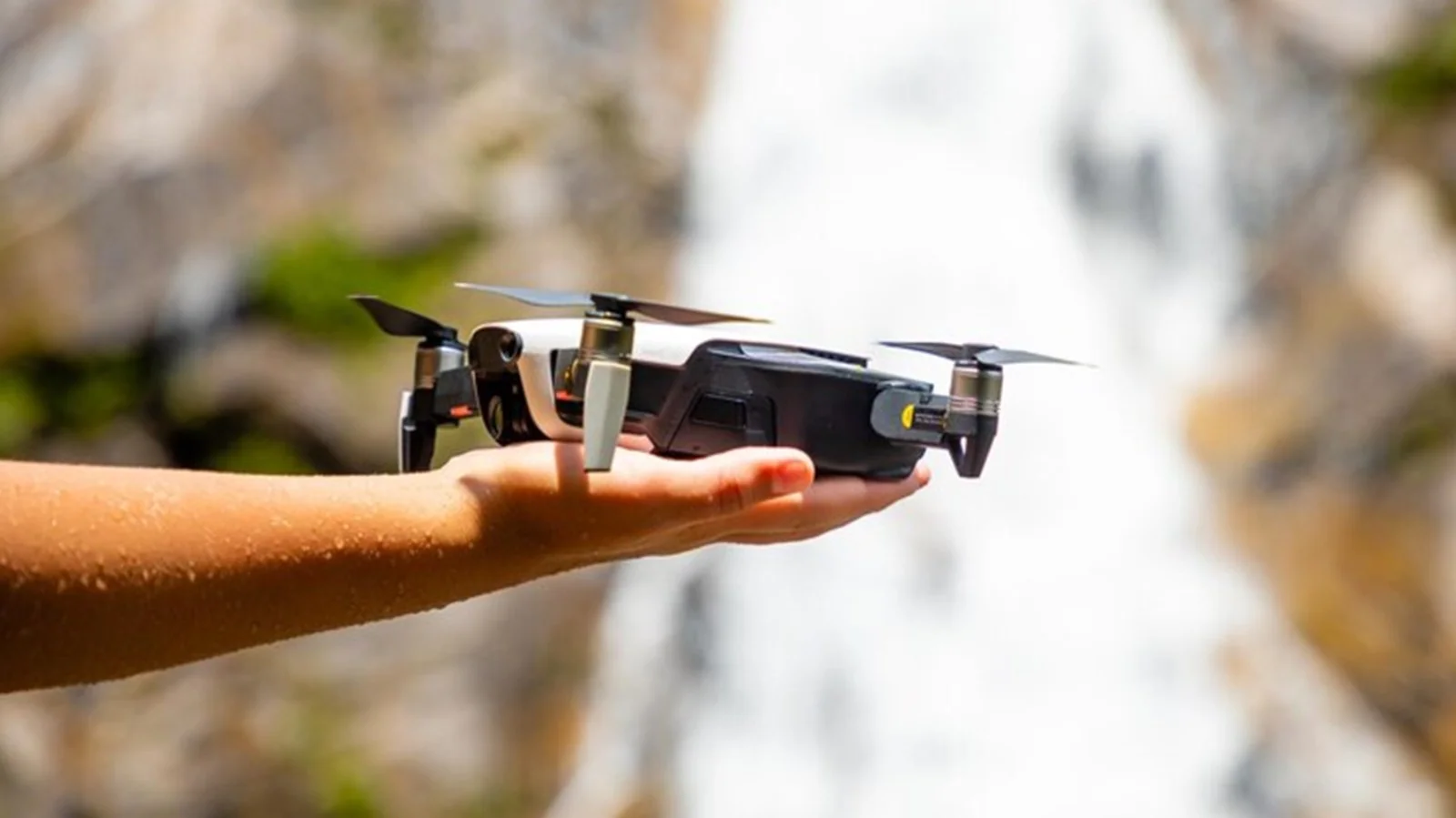The world of drone technology has seen remarkable advancements in recent years, with drones becoming essential tools for various industries and enthusiasts alike.
One crucial factor that greatly influences the quality of aerial imagery is the sensor size.
In this article, we will delve into the significance of sensor size in drones, its effects on image quality, and the considerations for selecting the right sensor size for your aerial photography and videography needs.
Understanding Sensor Size
Sensor size refers to the physical dimensions of the image sensor within a drone’s camera. In the context of drones, sensor sizes can vary significantly, with smaller sensors commonly found in consumer-grade drones and larger sensors in professional and specialized drones. Here are some key factors related to sensor size:
- Larger Sensors: Generally, larger sensors can capture more light, resulting in better image quality, improved low-light performance, and a higher dynamic range.
- Smaller Sensors: Smaller sensors are typically found in consumer drones due to their compact size and lower cost. They may produce satisfactory results in well-lit conditions but may struggle in challenging lighting situations.
The Impact of Sensor Size on Image Quality
The size of a drone’s sensor has a profound effect on the quality of aerial imagery. Here’s how sensor size impacts image quality:
- Low-Light Performance: Larger sensors excel in low-light conditions as they can capture more light, reducing noise and producing clearer, more detailed images and videos in challenging lighting scenarios.
- Dynamic Range: Larger sensors tend to offer a higher dynamic range, preserving details in both bright highlights and dark shadows. This is crucial for capturing scenes with a wide range of lighting.
- Depth of Field: Larger sensors allow for a shallower depth of field, which can create a pleasing background blur (bokeh) effect in photos and videos. This is particularly advantageous for creative photography.
Choosing the Right Sensor Size for Your Needs
Selecting the appropriate sensor size for your drone depends on your specific application and budget. Here are some considerations:
- Consumer Drones (Small Sensors):
- Ideal for beginners and hobbyists.
- Suitable for well-lit environments and casual photography and videography.
- Budget-friendly options with good performance in optimal conditions.
- Prosumer Drones (Medium to Large Sensors):
- Suitable for enthusiasts and semi-professionals.
- Offers a balance between image quality and portability.
- Decent performance in various lighting conditions.
- Professional Drones (Large Sensors):
- Geared toward professionals and industrial applications.
- Offers superior image quality, especially in low-light situations.
- Ideal for applications like cinematography, surveying, and mapping.
Specialized Sensor Configurations
Some drones come equipped with multiple sensors, allowing users to switch between different sensor sizes or types based on the specific requirements of a project.
This flexibility can be particularly valuable for professionals who need to adapt to varying conditions and capture high-quality imagery.
Conclusion
The choice of sensor size in drones is a critical decision that significantly affects the quality of your aerial imagery.
While smaller sensors are suitable for beginners and casual use, larger sensors offer superior image quality, better low-light performance, and increased dynamic range, making them the preferred choice for professionals and specialized applications.
Understanding the impact of sensor size and its relationship to your specific needs is essential for achieving the best results in your aerial photography and videography endeavors.









Leave a Reply